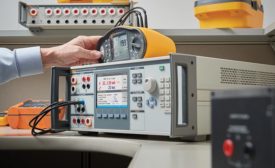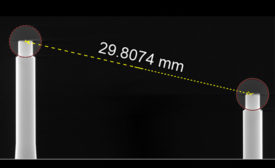Home » calibration
Articles Tagged with ''calibration''
Reports, Certs and Other Documents
The simplest way to get what you want is to spell it out.
February 8, 2019
Standards: Who Writes that Stuff Anyway?
Once a new standard is written that is not the end of it all.
January 15, 2019
Computed Tomography: Optimizing Large Quantity Automated Measurements
Learn more about automated measurement techniques for large quantity screening applications.
October 8, 2018
INDUSTRY HEADLINE
Mitutoyo America Offers Free Online Video Training and the Opportunity to Earn Certified Credentials
October 2, 2018
Stay in the know with Quality’s comprehensive coverage of
the manufacturing and metrology industries.
eNewsletter | Website | eMagazine
JOIN TODAY!Copyright ©2025. All Rights Reserved BNP Media.
Design, CMS, Hosting & Web Development :: ePublishing





